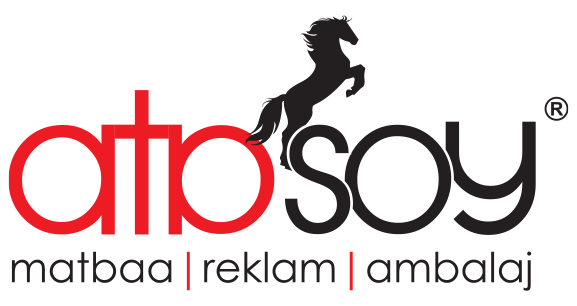In printing There are 4 primary colors.
Colors are formed by the reflection of a part of the light falling on the objects and the absorption of the other part. This ratio indicates the type of color.
The process of separating the colors in the original into four primary colors (cmyk) suitable for printing in order to print a color composition is called color separation.
In order for a work to be filmed, it goes through 3 stages as Scanner/Film Release/Rehearsal.

Let's see how the color separation unit works with an example:
Suppose a brochure is to be made. First of all, the model, slides and low resolution computer work of the work to be done are taken with zip-cd-floppy disk, dvd-harddisk in order to make color separation. First, slides and opaques are scanned and cleaned according to the model. Decoupage, if any. After these processes, if there are pages that need the system to work, this work is done. Prepared pictures are placed in their places on the page. Output color control is done before the films are printed. The TRAM suitable for the paper to be printed is selected. For the works to be sent to the color separation workshop, the owner of the job must be informed where the film will be used. If the screens are used incorrectly as a result of wrong information or misdirection, the result will be bad.
Using known screen according to print quality
- Silkscreen: Less than 34
- Newspaper: (3rd Dough): 40
- Insert (Lwc): 48 (If paper is toksa) 54
- Magazine: 60-70
- Offset: Offset: 70
- High quality offset: 80
- 1. Dough: 54-60
- Coated: The 70' screen is used and then the movie is output.
Using known screen according to print quality
● Tram: Points that create transitions (tones). (number of dots per 1 cm)
● Hyphen: Solid colors without transition tones. It is called a film made without the use of dots.
● Gradient: A smooth transition from dark to light or from one color to another.
● Decoupage: It is called cleaning an object as if it is not around.
● Extra: Special colors printed outside of CMYK (such as silver, gilding, reflex blue, gold gilding, etc.)
● Dia: Scannable transparent original film has dimensions such as 2,4x3,5 6x6 6x9 13x18.
● Opaque: Originals of opaque printed works (Photos printed on card, pictures from newspapers and magazines)
● Lup: Special magnifying glass used for color separation.
● Photoshop (system operation): A special computer program in which photographs are edited. With this program, the desired visual movements can be applied on the desired pictures. (For example, making a mustache on a person without a mustache.) Rehearsal"Contact proof"=It is the process of making a copy of the existing films on paper using colored foils photographically. (Like Cromolin - Fuji Proof.)
● Hexatron: 6-color printing system, in addition to CMYK, green and orange being the main colors. Free movement of trams.
